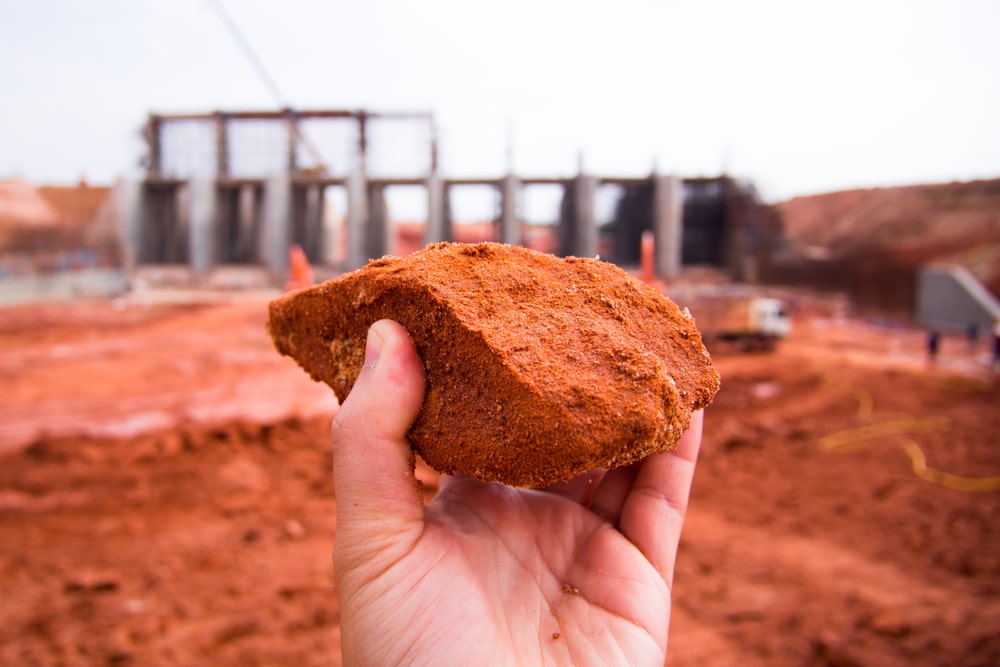Experienced Geotechnical Geologist for In-Depth Ground Investigations
Experienced Geotechnical Geologist for In-Depth Ground Investigations
Blog Article
Exactly How Consulting Engineers Enhance Geotechnical Design Projects: Insights Into Their Competence, Methods, and Collaborative Approaches
Consulting designers are crucial in improving geotechnical engineering tasks, using their specialized knowledge to browse the intricacies of subsurface problems. Their methods incorporate a variety of site examination methods, consisting of Requirement Penetration Examinations (SPT) and Cone Penetration Examinations (CPT), which notify crucial decisions throughout the style and construction stages. Additionally, their joint methods foster interaction amongst diverse job stakeholders, inevitably shaping the task's trajectory. As we examine the complex roles these experts play, it becomes clear that their contributions expand beyond technological experience, prompting a more detailed look at the ramifications for task success.
Duty of Consulting Engineers
The proficiency of getting in touch with engineers in geotechnical design is fundamental to the successful execution of construction tasks. These specialists play a pivotal function in assessing soil and rock residential properties, which are critical elements affecting design and building choices. By performing thorough site investigations, consulting engineers gather vital data that notifies the style procedure, making certain tasks are improved secure and ideal ground.
Consulting designers likewise offer invaluable understandings into risk management (geotechnical geologist). They recognize potential geotechnical risks, such as landslides, soil liquefaction, and negotiation problems, making it possible for stakeholders to execute reliable mitigation methods. Their experience aids in maximizing foundation layouts, which can cause substantial expense savings and enhanced safety and security
Furthermore, getting in touch with engineers function as an important link in between job owners, architects, and professionals. Their capability to convert intricate geotechnical data into actionable suggestions fosters partnership and helps with notified decision-making throughout the project lifecycle. This multidisciplinary strategy not just boosts project effectiveness but also guarantees conformity with governing requirements and ideal methods.
Trick Methods in Geotechnical Design

One main approach is site investigation, which entails carrying out area tests and lab analyses to collect information on subsurface conditions. Strategies such as Criterion Infiltration Screening (SPT) and Cone Penetration Screening (CPT) are widely used to review soil stratigraphy and toughness. Additionally, geophysical methods, including seismic and electrical resistivity surveys, supply non-invasive means to assess subsurface features.
One more essential method is mathematical modeling, which enables designers to replicate numerous situations and anticipate how soil-structure interactions will act under different loading conditions. Limited Element Analysis (FEA) is a typical method used in this context.
Furthermore, the style of foundations, maintaining frameworks, and earthworks counts greatly on these methodologies - geotechnical geologist. By integrating innovative analytical tools with field data, consulting engineers can create customized services that deal with specific project challenges, ultimately adding to the security and safety and security of building jobs
Importance of Soil Analysis
Soil analysis acts as a fundamental element in geotechnical engineering, supplying vital understandings into the physical and chemical properties of dirt needed for reliable building preparation. Comprehending dirt qualities is essential for determining its load-bearing capacity, water drainage habits, and possibility for settlement or instability. In-depth dirt examinations, including tasting and research laboratory testing, aid recognize specifications view website such as soil kind, wetness material, density, and shear toughness.
These evaluations educate the selection of ideal building and construction strategies and products, inevitably affecting job safety and security and durability. For instance, cohesive dirts might call for different foundation styles contrasted to granular dirts, requiring customized design services. Furthermore, dirt evaluation aids in identifying pollutants that can pose dangers to human health or the environment, enabling the growth of reduction methods.
Integrating dirt analysis into the onset of project advancement assists to minimize unpredicted obstacles, guaranteeing that engineers can anticipate and resolve prospective concerns before they intensify. By developing a detailed understanding of the website problems, getting in touch with designers can enhance design performance and reduce prices, thereby enhancing the overall success of geotechnical design tasks.
Joint Techniques in Jobs
Successful geotechnical projects commonly depend upon collective approaches that combine varied know-how from different self-controls. Reliable partnership among seeking advice from designers, rock hounds, ecological researchers, and building and construction professionals is important for dealing with intricate difficulties and optimizing project outcomes. By leveraging the unique skills and understanding of each team member, projects can gain from an all natural understanding of the website problems, governing needs, and engineering constraints.
Normal communication and interdisciplinary conferences promote the sharing of understandings and foster a society of team effort. These joint initiatives allow the identification of possible dangers early in the project lifecycle, enabling timely reduction methods. Incorporating comments from stakeholders, consisting of regional neighborhoods and regulative agencies, makes certain that all perspectives are considered, boosting job acceptance and compliance.
Additionally, the combination of innovative modern technologies, such my explanation as Geographic Information Solution (GIS) and Structure Info Modeling (BIM), additional enhances collaboration. These devices enable for the real-time sharing of information and visualization of geotechnical conditions, promoting informed decision-making. Eventually, a collaborative technique not just streamlines project implementation but additionally lays the foundation for innovative solutions to intricate geotechnical design difficulties.
Effect On Project Results

Consulting designers utilize innovative methodologies such as risk evaluation and anticipating modeling, which boost the accuracy of task projections. Their ability to integrate ingenious innovations, like geotechnical instrumentation and data analytics, even more improves the design and building procedures. As an outcome, tasks experience boosted performance, minimized prices, and lessened delays.
Additionally, promoting reliable interaction and collaboration among staff member enhances problem-solving capacities. When difficulties emerge, an unified front enables swift recognition of options, avoiding possible setbacks. Ultimately, the collective efforts of seeking advice from designers add to better results, ensuring that projects satisfy both regulative standards and client assumptions.
Final Thought

Report this page